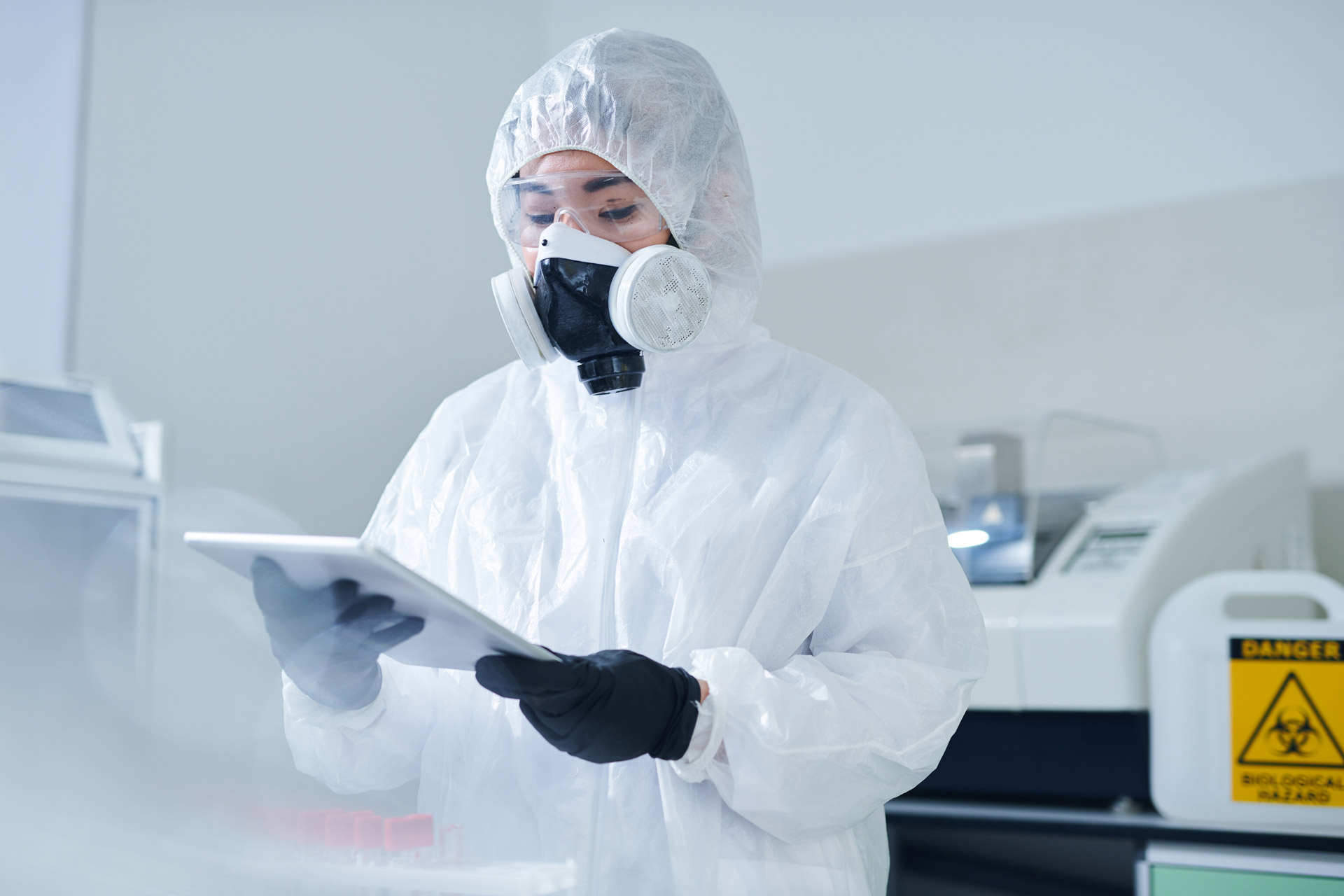
WHS Safety Focus – Hazardous Chemicals
Keep yourself and others safe when handling chemicals at work.
Many common workplace chemicals can have harmful effects on individuals and the environment if not handled
or disposed of correctly.
Incorrect handling of certain chemicals in the workplace can lead to skin irritation, burns, eye injuries, acute poisoning, or longer-term health issues.
Examples of Hazardous Chemicals
- Corrosive chemicals like acids, bleaches, and some cleaning agents and can cause severe damage to the skin if contacted.
- Toxic chemicals like lead, fluorides, benzene, or vinyl chloride can cause serious health problems both short-term and long-term if inhaled (such as through welding fumes), ingested, or absorbed through the skin.
- Flammable chemicals like petrol, diesel, ethanol, paint thinners, methylated spirits, or acetone, can ignite at high temperatures (for example when exposed to welding or grinding sparks) and can cause serious injury.
Working Safely with Hazardous Chemicals
- Be prepared. Read the relevant Safety Data Sheet (SDS) before working with any new chemical. This will tell you how to safely handle and dispose of the chemical, and what to do in the case of a spill or bodily contact. If you are unsure, ask your supervisor or TAFE trainer about where to find the SDSs onsite.
- Be protected. When working with chemicals, always wear the correct PPE as noted in the SDS and Safe Work Procedure. This could include gloves, safety glasses, a face shield, respirator, or PAPR helmet for welding.
- Be proactive. Ensure tools, work areas, and clothing, are clean from chemicals after use. Always return chemicals to their correct storage conditions, as noted in the SDS and Safe Work Procedure.
If you have any concerns or want more information about staying safe in the workplace, contact your ETC or email our WHS team.